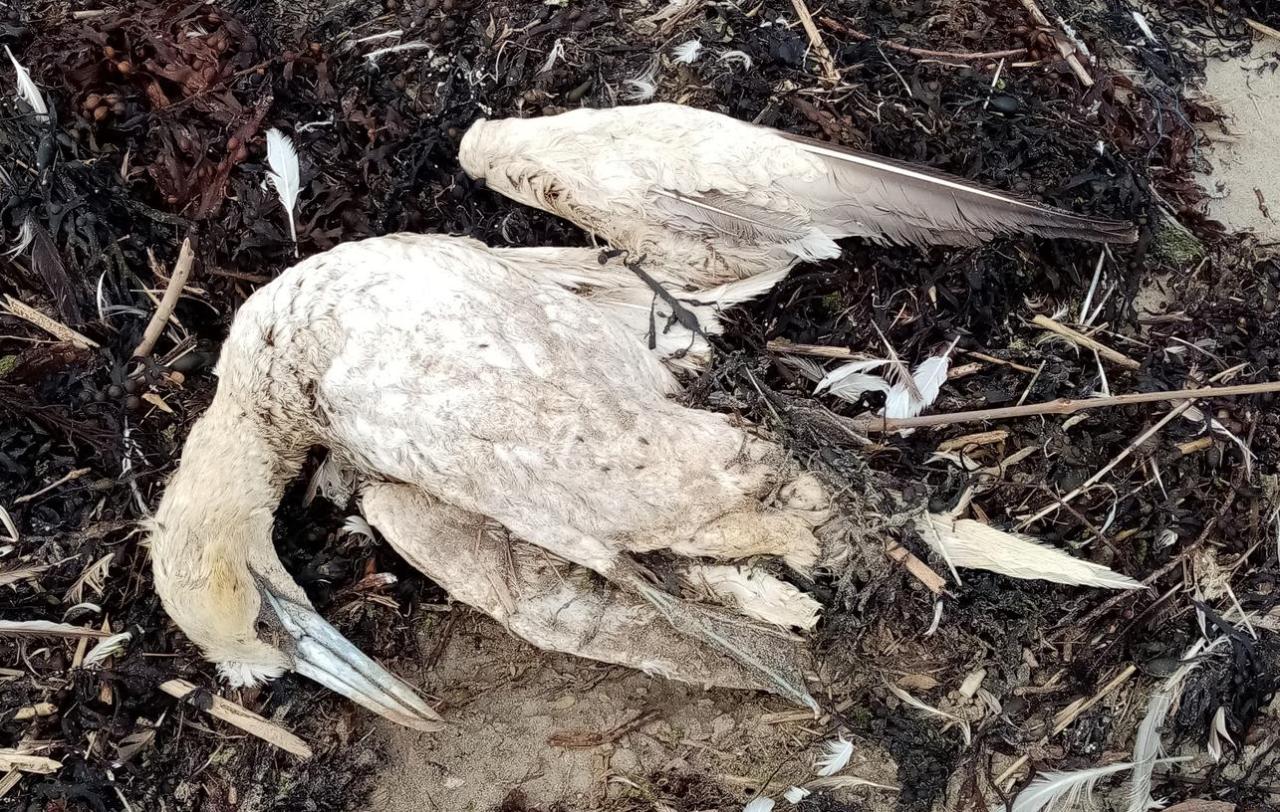Oregon avian flu cat death prompts nationwide raw pet food recall. A tragic cat death in Oregon, linked to avian flu contracted through contaminated raw pet food, has triggered a massive nationwide recall. This incident highlights the serious risks associated with feeding raw pet food to animals and underscores the urgent need for increased safety regulations within the industry.
That Oregon avian flu cat death led to a huge raw pet food recall, right? It’s crazy how these things spread. Speaking of unexpected things showing up, have you seen this article explaining the mysterious $36.29 e-Transfer from MNP? Mysterious $36.29 e-Transfer from MNP? Why Facebook Sent You It’s a wild story! Anyway, back to the pet food – make sure to check if your brand was affected by the recall to keep your furry friends safe.
The outbreak’s impact extends beyond pet owners, affecting the poultry industry and raising concerns about public health.
That Oregon avian flu cat death is serious, prompting a huge raw pet food recall nationwide. It’s a reminder to be careful about what you feed your pets. Meanwhile, completely unrelated, but check out this awesome game recap: Liverpool too strong for Leicester City as Arne Slot’s incredible start , a total win! Back to the pet food, though – make sure you check your supplies if you’ve been feeding raw food.
The scale of the Oregon avian flu outbreak and its rapid spread necessitates a comprehensive understanding of transmission pathways and preventative measures. The recall itself involves numerous brands and product lines, emphasizing the widespread nature of the contamination. This situation serves as a stark reminder of the interconnectedness of animal health, public health, and the pet food industry, prompting crucial conversations about food safety and responsible pet ownership.
Oregon Avian Flu Outbreak and Nationwide Raw Pet Food Recall: Oregon Avian Flu Cat Death Prompts Nationwide Raw Pet Food Recall

The 2023 avian flu outbreak in Oregon, coupled with a subsequent cat death linked to contaminated raw pet food, resulted in a significant nationwide recall. This event highlights the interconnectedness of animal health, public health, and the pet food industry, underscoring the need for robust prevention and safety measures.
Oregon Avian Flu Outbreak Impact
The avian flu outbreak in Oregon, part of a larger national and global event, significantly impacted poultry farms and wildlife. Several highly pathogenic avian influenza (HPAI) strains were identified, leading to widespread mortality among birds.
- Scale and Geographic Spread: The outbreak affected numerous counties across Oregon, impacting both commercial poultry operations and backyard flocks. The precise geographic spread varied depending on the strain and the time period.
- Avian Flu Strains: The outbreak primarily involved highly pathogenic avian influenza (HPAI) strains, with specific subtypes varying throughout the duration of the outbreak. H5N1 was a prominent strain identified.
- Transmission Pathways: Transmission occurred primarily through direct contact with infected birds, contaminated environments (such as feces or water), and potentially through wild bird migration patterns. The exact transmission pathways within Oregon’s context required detailed epidemiological investigation.
- Timeline of Significant Events: A precise timeline would need to be compiled from official reports, but it would generally include the initial detection of the virus, the escalating number of affected flocks, implementation of control measures, and eventual decline in cases.
Cat Death and Raw Pet Food Connection
The death of a cat in Oregon is suspected to be directly linked to the consumption of raw pet food contaminated with the avian influenza virus. This tragic event underscored the potential risks associated with feeding raw pet food to cats.
- Suspected Link: Investigations indicated a strong correlation between the cat’s death and the consumption of a specific brand of raw pet food later found to be contaminated with the avian influenza virus.
- Role of Raw Pet Food: Raw pet food, if not sourced and handled properly, can act as a vector for various pathogens, including avian influenza viruses. The contaminated food likely served as the transmission pathway to the cat.
- Symptoms Comparison: Detailed comparative data on symptoms would be needed from veterinary records. However, it is likely that the cat that died exhibited severe respiratory symptoms, possibly including neurological signs, while cats that did not contract the disease remained healthy.
- Potential Risks of Raw Pet Food: Feeding raw pet food carries inherent risks due to potential contamination with bacteria, parasites, and viruses. The Oregon incident highlighted the severe consequences, including mortality, associated with consuming contaminated raw pet food.
Nationwide Raw Pet Food Recall, Oregon avian flu cat death prompts nationwide raw pet food recall
Following the cat’s death and confirmation of avian influenza contamination, a nationwide recall of raw pet food was initiated. The scale and scope of the recall were significant, affecting multiple brands and product lines.
| Brand Name | Product Name | Recall Date | Affected Lot Numbers |
| [Brand Name 1] | [Product Name 1] | [Date] | [Lot Numbers] |
| [Brand Name 2] | [Product Name 2] | [Date] | [Lot Numbers] |
| [Brand Name 3] | [Product Name 3] | [Date] | [Lot Numbers] |
Public Service Announcement: Pet owners should immediately check their raw pet food supplies. If your food matches any recalled products, safely dispose of it according to the instructions provided by your local authorities. Avoid feeding raw pet food to prevent potential exposure to harmful pathogens.
So, this whole Oregon avian flu thing causing a cat death led to a huge raw pet food recall, right? It’s crazy how quickly these things spread. Anyway, I just saw this completely unrelated news story about Sean Hannity is engaged to Ainsley Earhardt of ‘Fox & Friends’ , which is wild! Back to the pet food though – make sure you check your supplies and stay updated on any further recalls.
Public Health and Safety Measures

Several public health agencies at the local, state, and federal levels coordinated efforts to manage the outbreak and recall. These agencies implemented a range of safety measures to prevent further spread of the avian influenza virus.
- Agencies Involved: The USDA, FDA, CDC, and Oregon Department of Agriculture likely played significant roles in coordinating the response.
- Safety Measures: Measures included quarantining affected flocks, culling infected birds, enhanced biosecurity protocols on farms, and public awareness campaigns.
- Effectiveness Comparison: The effectiveness of different strategies would need to be evaluated based on the overall reduction in cases and the containment of the outbreak. Data analysis would be required to assess this.
- Safe Disposal Guide:
- Contact your local waste management authority for guidance.
- Double-bag the contaminated food in heavy-duty plastic bags.
- Seal the bags tightly and place them in an exterior trash can.
- Avoid direct contact with the food; use gloves and protective wear.
Economic Impacts of the Outbreak and Recall

The avian flu outbreak and subsequent recall had significant economic consequences for various stakeholders.
- Poultry Industry Impact: The outbreak led to losses for Oregon’s poultry industry due to bird mortality, production disruptions, and trade restrictions. The exact financial impact would depend on the number of affected farms and the scale of production losses.
- Pet Food Industry Impact: The recall resulted in significant financial losses for pet food manufacturers and retailers due to product removal, disposal costs, and potential legal liabilities.
- Public Health Costs: Costs included resources dedicated to surveillance, testing, culling, disposal, and public health campaigns.
- Comparison to Previous Outbreaks: A comparison to previous outbreaks would require data on the economic impact of those events, including losses in the poultry industry and costs associated with public health responses.
Future Prevention Strategies
Preventing future avian flu outbreaks requires a multi-pronged approach focusing on biosecurity, surveillance, and industry regulations.
- Prevention Strategies: Improved biosecurity measures on poultry farms, enhanced surveillance programs to detect outbreaks early, and development of vaccines are crucial.
- Benefits and Challenges: Implementing these strategies would require significant investment but could significantly reduce the economic and public health burden of future outbreaks. Challenges include funding, coordination, and compliance.
- Raw Pet Food Regulation: Regulations could include stricter standards for sourcing ingredients, improved processing methods to minimize contamination, and clearer labeling requirements.
- Improved Raw Pet Food Supply Chain: A visual representation would show a streamlined supply chain with enhanced traceability at each stage, from sourcing to packaging, emphasizing rigorous quality control and hygiene protocols at each step to minimize contamination risks. This could involve improved sanitation measures at processing facilities, advanced testing methods for pathogens, and robust tracking systems to identify the source of contamination quickly.
This would ensure that all raw pet food is produced and handled in a safe and sanitary manner, reducing the risks of contamination and protecting both pets and people.
Ending Remarks
The Oregon avian flu outbreak and subsequent nationwide raw pet food recall serve as a critical wake-up call. The tragic loss of a cat, directly linked to contaminated raw food, underscores the potential dangers lurking within seemingly innocuous pet products. Moving forward, increased vigilance, stricter regulations, and a heightened awareness among pet owners are essential to prevent similar tragedies and protect both animal and public health.
This incident demands a thorough review of current safety protocols and a commitment to implementing more robust preventative measures across the entire pet food supply chain.
FAQ Resource
What specific strains of avian flu were involved?
Further investigation is needed to determine the precise strain(s) involved. The recall notice may provide more details.
How can I safely dispose of recalled pet food?
Contact your local waste management authority for guidance on safe disposal. Double bagging and securely sealing the food before disposal is recommended.
Are all raw pet foods recalled?
No, only specific brands and product lots are included in the recall. Check the recall list for details.
What are the long-term economic effects likely to be?
Long-term economic effects are still being assessed but could impact the poultry industry, pet food manufacturers, and retailers.
Are there any similar incidents in the past?
Yes, there have been previous avian flu outbreaks and related recalls, but the scale and impact of this incident are still under evaluation.
